Military retirement pay is one of the top three benefits of military service along with medical and other benefits. Also, all military retirements are protected from inflation by annual Cost of Living Adjustments (COLAs), based on changes in the Consumer Price Index (CPI) as measured by the Department of Labor.
A military retirement plan could be considered one of the best retirement plans around. There are a few options depending on when you began your service. Know your options and how to calculate your military retirement pay to find out which option is best for you.
If you began your military service before Sep. 7, 1980, you’re eligible for the Final Pay Retirement system. Your retired pay is calculated by multiplying your final base pay by 2.5% for every year of service.
If your military service began between Sep. 8, 1980, and July 31, 1986, you are eligible for the High 36 Retirement System. High 36 is very similar to the Final Pay Retirement System except your retired pay is calculated using an average of the three highest paid years of service.
If your military service began between Aug. 1, 1986, and Dec. 31, 2017, you qualify for REDUX Retirement System or the High 36 System. This system is based on your highest 36 months base pay. After your 15 year service anniversary you will receive a Career Status Bonus (CSB) and your retirement pay is reduced. If you have 30 years or more of service, there is no pay reduction.
If you began your military service after Jan. 1, 2018, you are eligible for the Blended Retirement System (BRS). With BRS, you will receive 40% of your base pay after 20 years and a bonus at 12 years, which is 2.5% of your annual base pay. The military will contribute 1% of your base pay to your Thrift Savings Plan (TSP).
If you are determined to be medically unfit for service with a DoD disability rating of at least 30%, you are eligible for disability pay. This is calculated using percentage of disability or years of credible service.
This is calculated using percentage of disability or years of credible service.
There are two ways of calculating your military retired pay base, the final pay method and the high 36 method. The final pay method sets the retired base pay equal to the final basic pay. The high 36 method is the average of your highest 36 months of basic pay. The date you began your military service will determine which method is used to calculate your retired pay base.
For the Final Pay and High 36 retirement plans each year of service is 2.5% to your retirement multiplier. Depending on the type of service, active duty or reserve, your years of creditable service will be calculated differently.
If you qualify for the REDUX retirement plan, your multiplier is reduced for each year less than 30 years of service at retirement.
The disability retirement multiplier will be the highest of the assigned disability percentage at retirement not exceeding 75% or by the applicable retirement plan multiplier and years of service.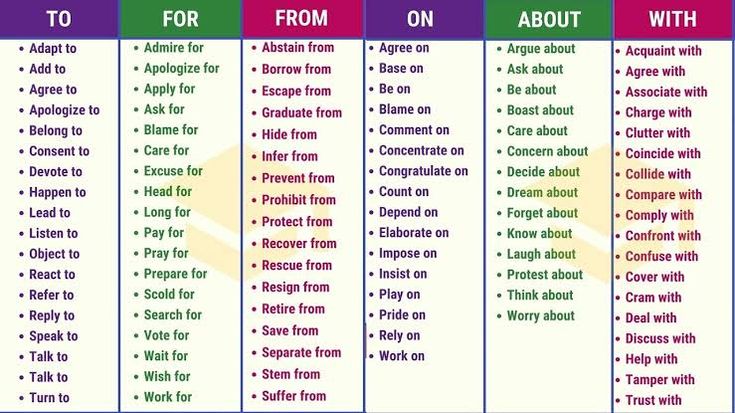
| Years of Service | 20 | 21 | 22 | 23 | 24 | 25 | 30 | 35 | 40 | 41 |
| Final Pay | 50% | 52.5% | 55% | 57.5% | 60% | 62.5% | 75% | 87.5% | 100% | 102.5% |
| High-36 | 50% | 52.5% | 55% | 57.5% | 60% | 62.5% | 75% | 87. | 100% | 102.5% |
| REDUX | 40% | 43.5% | 47% | 50.5% | 54% | 57.5% | 75% | 87.5% | 100% | 102.5% |
| BRS | 40% | 42% | 44% | 46% | 48% | 50% | 60% | 70% | 80% | 82% |
All military retirement plans include an annual Cost of Living Adjust (COLA). Each retirement plan adjustment is based on changes with the Consumer Price Index. For the Final Pay, High 36, Disability, and BRS retirement plans, the yearly cost of living adjustment is equal to the percentage increase of the CPI.
For the Final Pay, High 36, Disability, and BRS retirement plans, the yearly cost of living adjustment is equal to the percentage increase of the CPI.
For the REDUX retirement plan the COLA is about one percentage point less than the other retirement plans. If you have the REDUX plan you’ll be given a on time adjustment at 62 years of age to make up the difference in COLA to equal what it would have been for High 36. The COLA will then revert to the previous percentage.
The Blended Retirement System Explained
Should you switch to the new Blended Retirement System? We have the details to help you decide.
Guard And Reserve Retirement
National Guard & Reserve members who complete a minimum 20 qualifying years of service become eligible for retired pay at age. ..
..
Thrift Savings Plan Overview
The Thrift Savings Plan (TSP) offers service members flexibility in investment planning.
Concurrent Retirement and Disability Pay (CRDP) Overview
Concurrent Receipt of Disability Pay lets you get military retirement pay and VA disability compensation at the same time.
Keeping Retiree Pay Records Up-to-Date
It's important that all retirees periodically review their military retirement pay to ensure all information is up-to-date.
Military Retirement Paychecks
Retirees residing in the United States can have their paychecks sent by EFT to a financial institution.
Retired Military Pay Days for 2023
Military retiree and annuitant payday is always on the first business day of the month.
Retired Pay Allotments
Retired servicemembers are permitted to continue some allotments that they had in effect while on active duty.
The following chart summarizes the differences between the four regular and non-regular retirement plans and disability retirement.
| Final Pay | Defined Benefit that equals 2.5% times the number of years of service times the member’s final basic pay on the day of retirement | Primary retirement plan for Reserve members with initial date of entry into service prior to September 8, 1980 |
| High-36 | Defined Benefit that equals 2.5% times the number of years of service times the average of the member’s highest 36 months of basic pay | Primary retirement plan for members with initial date of entry into service on or after September 8, 1980, but before January 1, 2018 |
| REDUX | Career Status Bonus $30,000 lump sum payment at 15th year of service with obligation to serve through 20 years + defined benefit Defined Benefit is (b) At age 62 and after: | Optional retirement plan for active duty members with an initial date of entry into service after July 31, 1986, but before January 1, 2018. Eligibility to elect the Career Status Bonus ended as of December 31, 2017 |
| Blended Retirement System (BRS) | Blended defined benefit and defined contribution plan. Defined Contribution: Defined Benefit: | Only retirement plan for members with initial date of entry into service on or after January 1, 2018 Optional retirement plan for members with an initial date of entry into service on or before December 31, 2017, who: |
| Disability | Retirement plan that equals to: *Retired Pay Base – determined under Final Pay, High-36, or BRS depending on military service date of entry **Multiplier Percentage can be either:
Note that in both cases the multiplier is limited to 75% by law | Determined medically unfit for continued service with a DoD disability rating of at least 30% |
The below chart provides the basic criteria to determine which retirement plan applies:
| Final Pay | Entry before September 8, 1980 |
| High-36 | Entry on or after September 8, 1980, but before August 1, 1986 OR Entered on or after August 1, 1986, and did not choose the Career Status Bonus and REDUX retirement system |
| CSB/REDUX | Entered on or after August 1, 1986, but before January 1, 2003 AND elected to receive the Career Status Bonus |
| Blended Retirement System (BRS) | Entered the Uniformed Services for the first time on or after January 1, 2018 (automatic enrollment), or entered before December 31, 2017 and elected to opt into BRS during the opt-in period |
| Disability | Determined medically unfit for continued service with a DoD disability rating of at least 30% |
All four of the regular and non-regular retirement plans determine initial monthly retired pay by applying a percentage multiplier to the retired pay base.
There are two methods for determining the retired pay base. They are the final pay method and the high-36 month average method. The final pay method, as the name implies, establishes the retired pay base equal to final basic pay. The high-36 method is the average of the highest 36 months of basic pay divided by 36. This is generally the last 3 years of service and is sometimes called high-3. The method used depends upon when the member first entered military service.
The method is determined by DIEMS (Date of Initial Entry to Military Service) or DIEUS (Date of Initial Entry to Uniformed Services). The date a member first entered uniformed service in any capacity establishes DIEMS. This date is fixed---it does not change. Departing the military and rejoining does not affect DIEMS.
Some individuals have unique circumstances that complicate determining their DIEMS. Here are a few examples:

Be aware that pay date (e.g., Pay Entry Base Date) may be different than DIEMS. Also, DIEMS does not determine when creditable service toward retirement is calculated---it only determines which retired pay base method applies.
For both the Final Pay and High-36 retired pay plans, each year of service is worth 2.5% toward the retirement multiplier. For example, 20 years of service would equal a 50% multiplier. The years of service creditable are computed differently depending upon whether retirement is from full time active duty or from a reserve career. These differences are explained under the Active Duty Retirement and Reserve Retirement pages.
For example, 20 years of service would equal a 50% multiplier. The years of service creditable are computed differently depending upon whether retirement is from full time active duty or from a reserve career. These differences are explained under the Active Duty Retirement and Reserve Retirement pages.
For the REDUX retirement plan, which applies only to certain active duty retirements as described above, the High-36 multiplier is reduced by one percentage point for each year that the member has less than 30 years of service at retirement. For example, 20 years of service would equal a 40% multiplier. This is discussed more fully under the Active Duty Retirement page.
For disability retirement programs, the multiplier will be the higher of (a) the disability percentage assigned by the Service at retirement not to exceed 75%, or (b) the result of multiplying the number of years of service by the applicable retirement plan multiplier (e.g., 2.5% for High-36 or 2.0% for BRS).
In any case, the longer an individual serves, the higher the multiplier and the higher the retirement pay. For example:
| Final Pay | 50% | 52.5% | 55% | 57.5% | 60% | 62.5% | 75% | 87.5% | 100% | 102.5% |
| High-36 | 50% | 52.5% | 55% | 57.5% | 60% | 62.5% | 75% | 87.5% | 100% | 102.5% |
| REDUX | 40% | 43.5% | 47% | 50.5% | 54% | 57.5% | 75% | 87.5% | 100% | 102.5% |
| BRS | 40% | 42% | 44% | 46% | 48% | 50% | 60% | 70% | 80% | 82% |
All military retirements are protected from inflation by an annual Cost of Living Adjustment (COLA), based on changes in the Consumer Price Index (CPI) as measured by the Department of Labor. Under the Final Pay, High-36, and BRS retirement plans, the annual COLA is equal to the percentage increase in the CPI year over year. Under REDUX, the COLA is reduced, as described in the table below.
Under the Final Pay, High-36, and BRS retirement plans, the annual COLA is equal to the percentage increase in the CPI year over year. Under REDUX, the COLA is reduced, as described in the table below.
| Final Pay | Annual COLA determined using the Consumer Price Index – Urban Wage Earners, published by U.S. Department of Labor, Bureau of Labor Statistics. |
| High-36 | Annual COLA determined using the Consumer Price Index – Urban Wage Earners, published by U.S. Department of Labor, Bureau of Labor Statistics |
| REDUX | Reduced annual COLA that is normally one percentage point less than the COLA determined for the other retirement plans (but not less than zero). Due to the reduced annual COLA, members participating in REDUX receive a one-time readjustment at age 62 to restore the difference in COLA to what it would have been under High-36. Thereafter, annual COLA reverts back to the lesser amount as above. |
| Blended Retirement System | Annual COLA determined using the Consumer Price Index – Urban Wage Earners, published by U.S. Department of Labor, Bureau of Labor Statistics |
| Disability | Annual COLA determined using the Consumer Price Index – Urban Wage Earners, published by U.S. Department of Labor, Bureau of Labor Statistics |
Select one of the following topic areas:
Helpful links:
After the partial mobilization announced by presidential decree, the question arose of what awaits the workers who are subject to conscription and what social guarantees they have.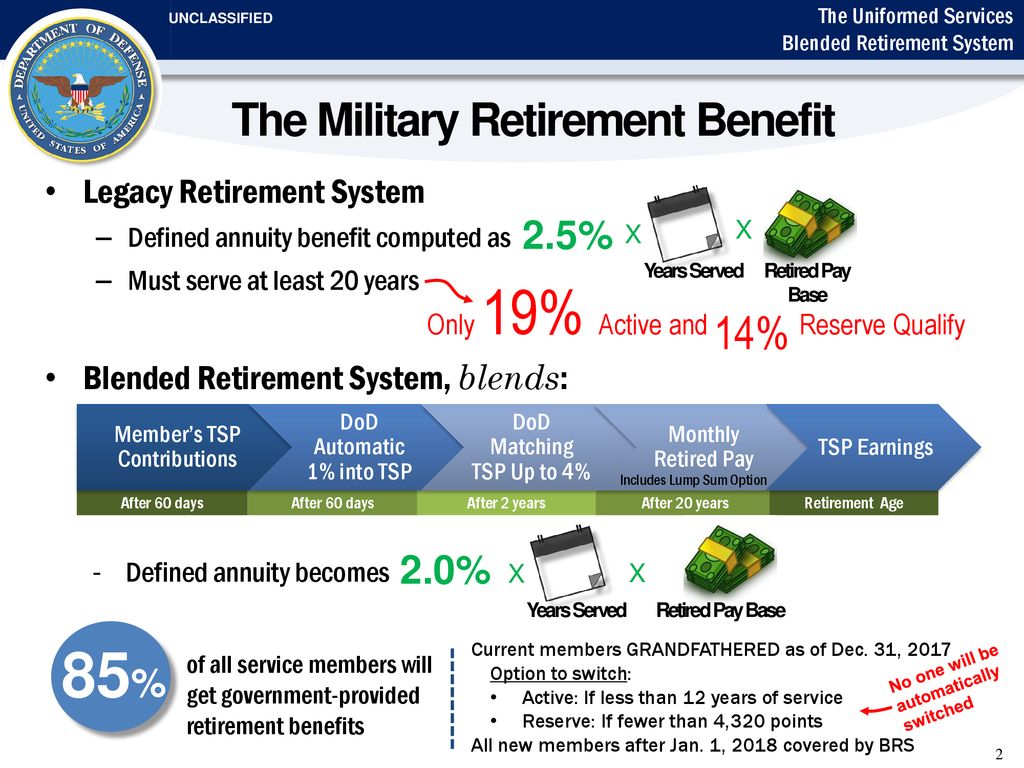
In itself, conscription for military service is the basis for the termination of an employment contract (Article 83 of the Labor Code of the Russian Federation). At the same time, the Labor Code does not specify what kind of call in question. The law on military duty and military service provides for two options: conscription of citizens for fixed-term military service and conscription for military service for mobilization, during martial law and in wartime. In the latter case, citizens in the reserve are subject to conscription, who do not have the right to deferment from conscription for military service for mobilization.
In the law on conscription, the wording “conscription for military service” is usually used in the context of the conscription of citizens who are not in the reserve, specifically for urgent military service. And speaking of the draft of persons in the reserve, the legislator is more precise in the wording and uses the term "mobilization call".
It is difficult to say what exactly the meaning of the wording "conscription of citizens for military service" in the Labor Code was. Previously, there was no need for clarifications in this regard from the authorities, since there were no cases of mobilization. And yet, in practice, the application of the rule on the dismissal of conscripts is unlikely to be limited to cases of conscription: most likely, labor relations with workers called up for mobilization will also be terminated.
Previously, there was no need for clarifications in this regard from the authorities, since there were no cases of mobilization. And yet, in practice, the application of the rule on the dismissal of conscripts is unlikely to be limited to cases of conscription: most likely, labor relations with workers called up for mobilization will also be terminated.
In some clarifications of Rostrud specialists, one can come across the opinion that it is not necessary to dismiss called-up workers and the employer can provide the employee with leave at his own expense for the duration of the service. But the validity of such a position is questionable. The Labor Code directly relates the call to circumstances in which dismissal is carried out regardless of the will of the parties.
In the event of dismissal due to such circumstances, neither the employee nor the employer can influence the fate of the employment relationship. That is, based on a literal interpretation of the law, it will not be possible for mobilized employees to keep their jobs. The only thing that is due to conscripts both for military service and for mobilization is severance pay upon dismissal (Article 178 of the Labor Code). The Labor Code guarantees payment in the amount of two weeks' average earnings plus compensation for unused vacation. The exception is employees who have concluded an employment contract for a period of up to two months: they are not paid severance pay.
The only thing that is due to conscripts both for military service and for mobilization is severance pay upon dismissal (Article 178 of the Labor Code). The Labor Code guarantees payment in the amount of two weeks' average earnings plus compensation for unused vacation. The exception is employees who have concluded an employment contract for a period of up to two months: they are not paid severance pay.
By default, the law does not provide any guarantees of employment for mobilized workers after the end of service. An exception is made for citizens who, before being drafted into military service, worked in state organizations. Within three months after their dismissal from military service, they have the right to go to work in the same organizations for a position not lower than that held before the call. But this norm does not guarantee mandatory employment in the same place: if there are no such jobs in the organization, employers are not required to create them for their former employees dismissed from military service. The Constitutional Court of the Russian Federation in the decision of July 4, 2002 (N197-O) pointed out that in such a situation, employment should be carried out by the employment authorities.
The Constitutional Court of the Russian Federation in the decision of July 4, 2002 (N197-O) pointed out that in such a situation, employment should be carried out by the employment authorities.
Media news2
Want to hide ads? Subscribe and read without distractionDismissal from military service
Federal Law "On the Status of Servicemen" and other regulatory legal acts.
If a serviceman has several grounds for dismissal from military service at the same time, provided for in Article 51 of the Federal Law "On military duty and military service" (except for cases when dismissal is made on the grounds provided for in subparagraphs "e", "e1", " d2", "e", "e1" and "h" of paragraph 1 and subparagraphs "c", "e", "e1" and "e2" of paragraph 2 of Article 51 of the Federal Law "On military duty and military service"), he has the right to choose one of them at its discretion.
When resolving disputes about the dismissal from military service of pregnant female military personnel, female military personnel with children under the age of three, as well as those with disabled or disabled children from childhood until they reach the age of 18, single mothers with children in under the age of 14, it is necessary to take into account the social guarantees provided for them by paragraph 25 of Article 34 of the Regulations on the procedure for performing military service.
40. In the event of a reduction in the occupied military position and if it is impossible to appoint a military serviceman who is doing military service under a contract to an equal military position and if he does not agree with the appointment to a higher or lower military position, such a serviceman may be early dismissed from military service due to organizational and staff activities (subparagraph "a" of paragraph 2 of Article 51 of the Federal Law "On military duty and military service").
Within the meaning of the regulations governing military service and the procedure for performing it, if the military position occupied by a military person is reduced and there are no vacant military positions in the military district in which he performs military service, another military position must be offered to a military person who has expressed a desire for appointment to lower or higher military positions, on the scale of the Armed Forces of the Russian Federation, and to servicemen of other troops, military formations and bodies - on the scale of the federal executive body in which they perform military service.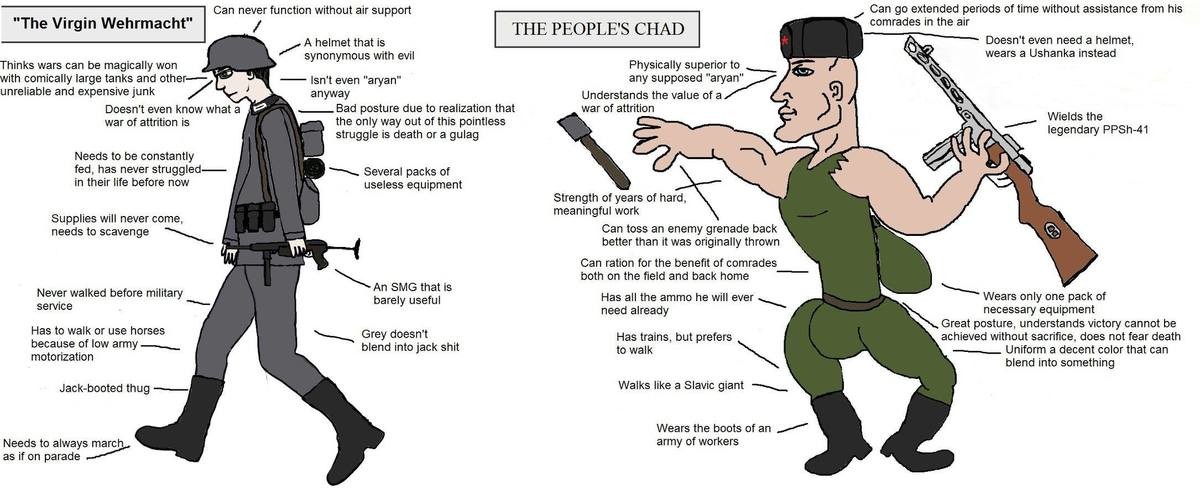
41. Early dismissal from military service under subparagraph "c" of paragraph 2 of Article 51 of the Federal Law "On Military Duty and Military Service" due to non-fulfillment of the terms of the contract may be applied to military personnel as a disciplinary sanction and in the course of certification, taking into account the compliance of the serviceman the requirements placed on it.
Non-fulfillment of the terms of the contract as a basis for early dismissal of a serviceman from military service should be considered only significant (substantial) deviations from the requirements of the legislation on military duty and military service, which can be expressed, in particular, in the commission of guilty actions (inaction), indicating the absence the serviceman has the necessary qualities for the proper performance of the duties of military service; committing one of the gross disciplinary offenses, the composition of which is listed in clause 2 of Article 28.5 of the Federal Law "On the Status of Military Personnel"; committing a disciplinary offense if he has outstanding disciplinary sanctions; committing a criminally punishable act or an administrative offense for which a serviceman is liable on a general basis; other legally significant circumstances, which, due to the specifics of the service activity of a serviceman, make it possible to conclude that he has ceased to meet the requirements of the legislation on military duty and military service, imposed on servicemen undergoing military service under a contract.
If a serviceman, in terms of his business and personal qualities, does not meet the requirements for persons undergoing military service (which may be evidenced, for example, by the presence of unresolved disciplinary sanctions), his early dismissal from military service is possible only based on the results of certification, in including extraordinary.
42. The decision on the early dismissal of a serviceman from military service in connection with the transfer to the federal state civil service (subparagraph "g" of paragraph 2 of Article 51 of the Federal Law "On Military Duty and Military Service") must be based not only on the will of the serviceman, but also on objective data that guarantee the possibility of his admission to a specific position in the civil service.
the fact of violation of the prohibitions, restrictions and obligations established by paragraph 7 of Article 10 and Article 27.1 of the Federal Law "On the Status of Servicemen", but also the circumstances related to the observance by military officials of the procedure for early dismissal of a serviceman from military service on the specified basis.
When considering disputes on the application of the penalty provided for by subparagraph "e.1" of paragraph 2 of Article 51 of the Federal Law "On Military Duty and Military Service", it must be taken into account that it is applied no later than one month from the date of receipt of information about the commission of a corruption offense by a serviceman to a person who has the right to apply the said penalty, not counting the period of temporary disability of the serviceman, his stay on vacation, other cases of his absence from service for good reasons, as well as the time of the inspection and consideration of its materials by the commission for compliance with the requirements for official conduct of federal civil servants and settlement of conflicts of interest (certification commission). In this case, the penalty must be applied no later than six months from the date of receipt of information about the commission of a corruption offense.
Within the meaning of the Federal Law "On Military Duty and Military Service", an act on the application of a penalty to a serviceman - early dismissal from military service on the grounds provided for in subparagraph "e. 1" of paragraph 2 of Article 51 of the said law, means an order of a military official who has the right to publish it. 90,003 90,002 , in which military service is provided for by federal law, has the right to early dismissal from military service.
1" of paragraph 2 of Article 51 of the said law, means an order of a military official who has the right to publish it. 90,003 90,002 , in which military service is provided for by federal law, has the right to early dismissal from military service.
A material violation of the terms of a contract by a federal executive body, in which federal law provides for military service, may be recognized as such a violation due to which the serviceman has lost the opportunity to exercise his constitutional rights, or a violation that deprives the serviceman or members of his family of the opportunity to use the most significant rights for them, social guarantees and compensations provided for by the legislation on the procedure for military service and the status of military personnel.
When resolving applications to challenge the denial of dismissal from military service due to violation of the terms of the military service contract by the federal executive body that provides for military service, the question of whether the violations of the terms of the contract committed against the serviceman are significant , must be decided by the court individually for each specific case, taking into account such circumstances as the family and financial situation of the serviceman, the place of his military service and the conditions for its passage, as well as other data.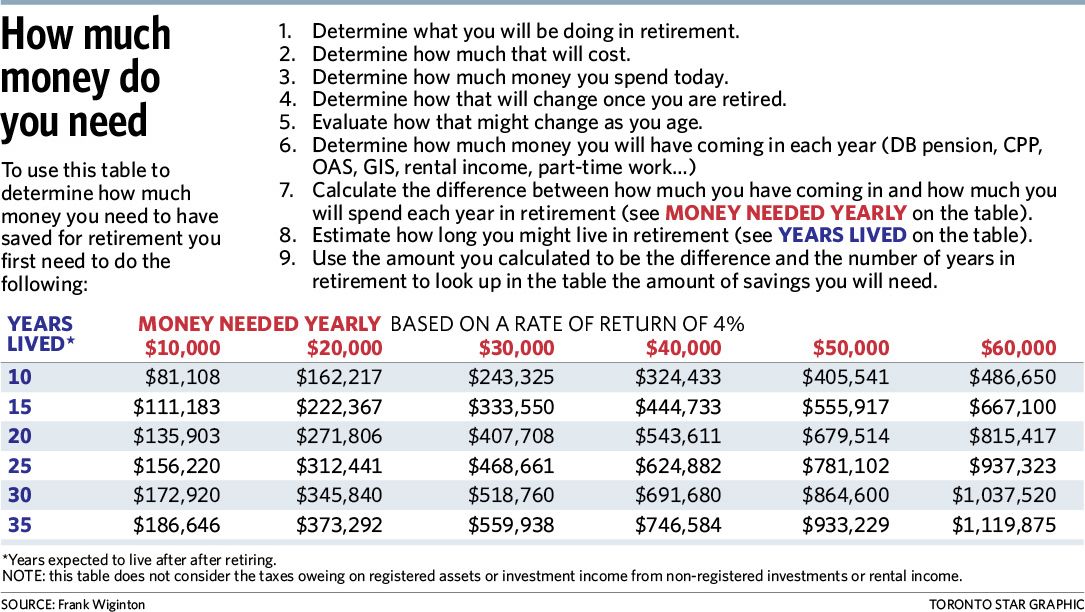
Repeated violations of the rights of a serviceman stipulated by the legislation on the status of military personnel (repeating more than two times) within a short time should be recognized as a systematic violation of the terms of the contract.
45. Courts should take into account that the recognition of officers or warrant officers (midshipmen) as limited fit for military service on the basis of subparagraph "b" of paragraph 3 of Article 51 of the Federal Law "On Military Duty and Military Service" does not imply coercion to further military service , since the decision on the issue of maintaining or terminating the status of such military personnel depends on their free will. In the event of dismissal from military service, if the total duration of military service is 10 years or more, such servicemen cannot, without their consent, be deregistered as in need of housing at the last place of military service before dismissal and are provided with a housing subsidy or housing in in the manner prescribed by the Federal Law "On the Status of Servicemen" for servicemen.
At the same time, the recognition by the military medical commission of a serviceman of limited fitness for military service gives him the right, but does not oblige him to retire early from military service and does not deprive him of the right to continue military service in a position that allows him to perform general, official and special duties corresponding to the state of health. In this regard, military personnel who have decided to continue military service are provided with living quarters in accordance with the general procedure in accordance with the existing priority by the federal executive authorities, in which military service is provided for by federal law.
"On Military Duty and Military Service"), they, on the grounds and in the manner provided for in paragraph 1 of Article 23 of the Federal Law "On the Status of Military Personnel", must be provided with housing subsidies or living quarters as those leaving, respectively, in connection with organizational and staffing measures or as health.
Good reasons are understood as circumstances that objectively do not allow a serviceman to fully fulfill the terms of the concluded contract.
The report submitted by the serviceman and the corresponding conclusion of the attestation commission are not unconditional grounds for voluntary dismissal, since the decision on this issue is assigned to the powers of the corresponding military official.
48. Servicemen who have the right to be provided with housing subsidies or living quarters under a social contract of employment or in property may not be dismissed from military service with leaving them on the list of those in need of living quarters at the last place of military service in the absence of their consent to such dismissal.
In cases where these military personnel, insisting on early dismissal from military service, agreed to retire from military service, there are no grounds for their subsequent reinstatement in military service to provide housing subsidies or housing, since in this case the requirements of paragraph 1 of Article 23 of the Federal the law "On the Status of Servicemen" is not violated.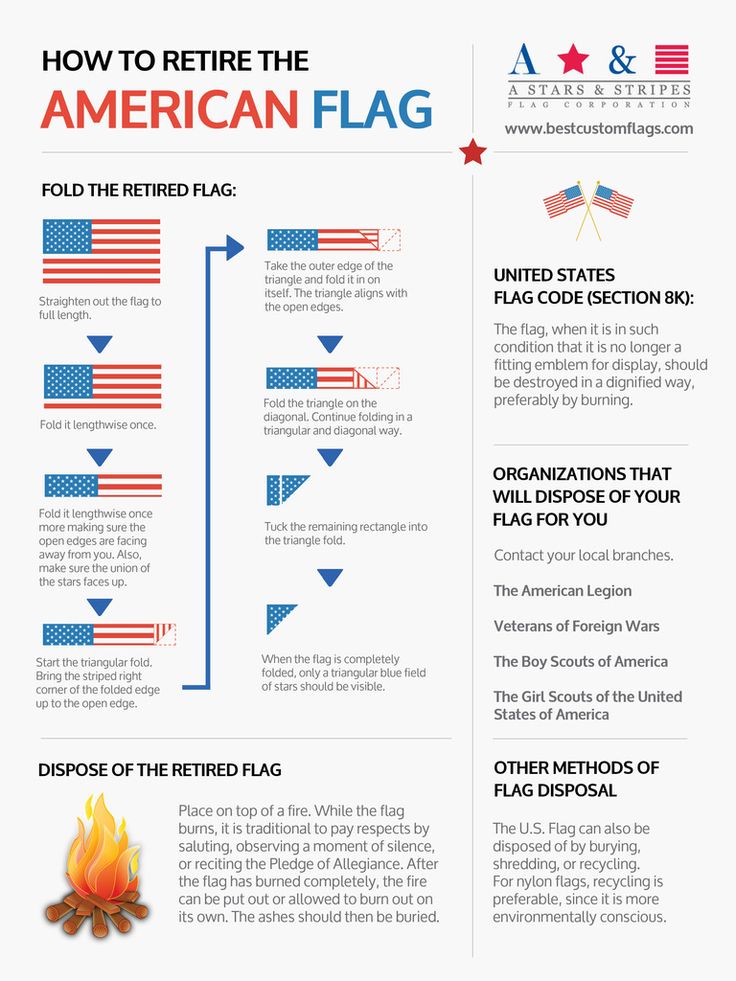
If such servicemen do not agree to their dismissal from military service without providing a housing subsidy or accommodation, the court refuses to satisfy their demands for dismissal from military service, since these persons, in accordance with the law, cannot be dismissed from military service.
Based on the provisions of paragraph fourteen of paragraph 1 of Article 15, paragraph two of paragraph 1 of Article 23 of the Federal Law "On the Status of Military Personnel", paragraph 17 of Article 34 of the Regulations on the procedure for performing military service when resolving disputes about the legality of dismissal from military service of military personnel provided with official housing premises, prior to exercising their right to housing at their chosen permanent place of residence, different from the place of military service, the courts must take into account the terms of the contract for the hiring of service premises (housing contract) concluded by military personnel and other circumstances deserving attention.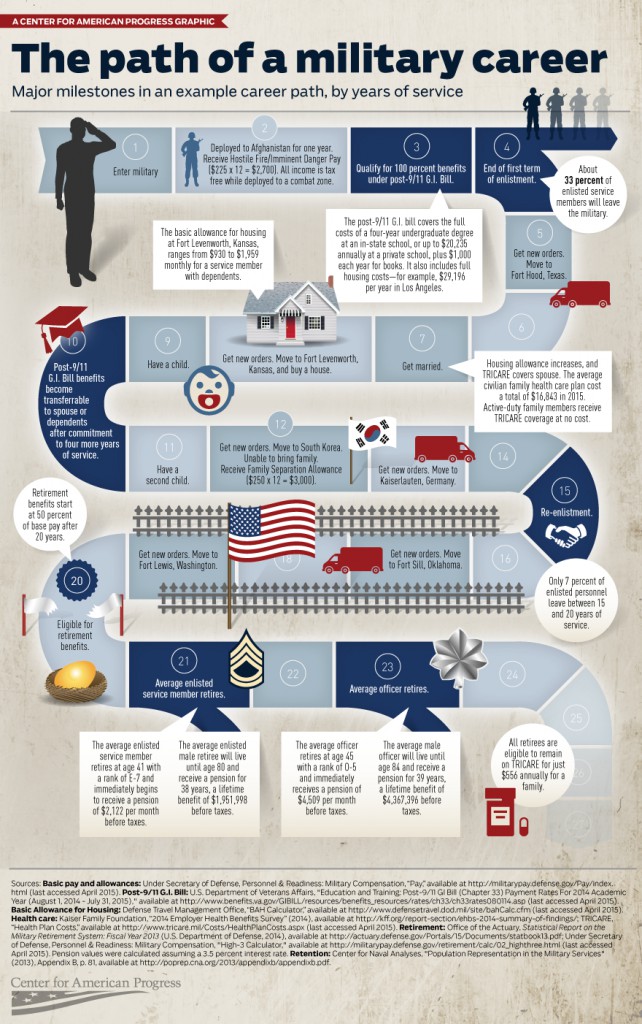
49. By virtue of paragraph 16 of Article 34 of the Regulations on the procedure for performing military service, a serviceman dismissed from military service, on the day of exclusion from the lists of personnel of a military unit, must be fully provided with the established monetary allowance, food and clothing. Before carrying out all the necessary calculations with the serviceman, he is not excluded from the lists of personnel of the military unit without his consent.
If the violation of the rights of a serviceman can be eliminated without reinstatement in military service or in the list of personnel of the military unit, the court shall only decide to eliminate the violation.
50. If a court recognizes dismissal from military service as unjustified, a serviceman in accordance with paragraph 2 of Article 23 of the Federal Law "On the Status of Servicemen" is subject to reinstatement in military service in the previous (or with his consent - equal or not lower) position with compensation for all inflicted losses. The moral damage caused by such dismissal is subject to compensation by a court decision on the basis of the will of the serviceman. Restoration in military service is carried out by canceling the order to dismiss a soldier from military service. Cancellation of the order on the dismissal of a serviceman from military service is carried out by the military official who issued the order, or by his direct superior. At the same time, the recognition of a serviceman as unfit for military service for health reasons, the expiration of the concluded contract or the achievement of the age limit for military service at the time of the trial cannot serve as an obstacle to making such a decision.
The moral damage caused by such dismissal is subject to compensation by a court decision on the basis of the will of the serviceman. Restoration in military service is carried out by canceling the order to dismiss a soldier from military service. Cancellation of the order on the dismissal of a serviceman from military service is carried out by the military official who issued the order, or by his direct superior. At the same time, the recognition of a serviceman as unfit for military service for health reasons, the expiration of the concluded contract or the achievement of the age limit for military service at the time of the trial cannot serve as an obstacle to making such a decision.
administrative affairs.
(as amended by the Resolution of the Plenum of the Supreme Court of the Russian Federation of June 28, 2016 N 27)
(see the text in the previous edition)
and the conditions that contributed to the violation by military officials and military command and control of the legislation on military duty, military service and the status of military personnel, and if there are grounds to respond to them in the manner prescribed by the procedural law.
Draw the attention of the courts to the fact that the execution of court decisions on issues of military duty, military service and the status of military personnel should be considered as an element of judicial protection, and federal executive bodies are obliged to take the necessary measures to implement them. An undue delay in the execution of a judgment must be regarded as a violation of the right to a fair trial within a reasonable time.
52. In connection with the adoption of this resolution, to recognize as invalid:
Decree of the Plenum of the Supreme Court of the Russian Federation of February 14, 2000 N 9 "On some issues of application by the courts of legislation on military duty, military service and the status of military personnel";
paragraph 8 of the resolution of the Plenum of the Supreme Court of the Russian Federation of February 6, 2007 N 6 "On amendments and additions to certain resolutions of the Plenum of the Supreme Court of the Russian Federation on civil cases".